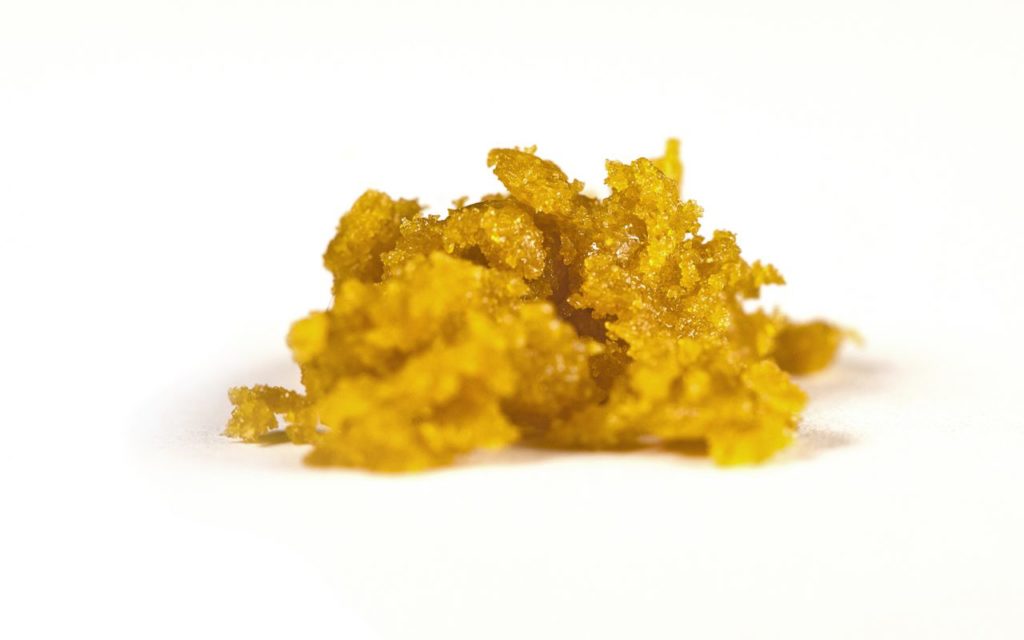Topical cannabis is perhaps one of the most underrated uses of the herb. Topical cannabis refers to balms, lotions, creams, oils, and salves that are applied directly to the skin. But, can topical cannabis really heal wounds? Recently, case study research suggests that topical cannabis may be valuable in treating malignant wounds, which are not only painful but can infect surrounding areas. Here’s why the herb may be beneficial for treating skin abrasions.
Can topical cannabis heal wounds?
Cannabis stands apart from other medicinal herbs in more ways than one. Not only is the plant psychoactive, but it is capable of producing over 100 unique chemical compounds called cannabinoids.
While only a handful of these cannabinoids have been studied, preliminary research suggests that many of them are pharmacologically active and hold therapeutic value.
Like any other plant, cannabis can also produce at least 200 different terpenes. Terpenes are aroma molecules that give the herb its signature scent. Different cannabis cultivars produce different terpenes in response to environmental conditions, giving each individual plant a unique bouquet of aromas.
Research suggests that terpene concentrations as slight as 0.05 percent can have active medical effects. While cannabinoids are large molecules and are less able to permeate unbroken skin, the terpenes abundant in cannabis certainly can. It’s the combination of these beneficial cannabinoids and terpenes that make cannabis such a valuable wound healing tool.
4 reasons why cannabis is beneficial for wounds

Full extract cannabis oils are often made using ethanol or grain alcohol as solvents. These solvents strip beneficial oils off of plant material, creating a concentrated essential oil of the cannabis plant. It is not recommended to use oils that contain harmful solvents or questionable additives on broken skin.
If using a lotion or a balm, it is recommended to opt for products that contain skin-safe carrier oils like organic coconut oil or almond oil. As a bonus, coconut oil contains lauric acid, which is a natural anti-microbial. Otherwise, it is important to be mindful when using any sort of topical product on broken skin. It is always recommended to speak to a medical professional before self-treating.
Without further ado, here are four reasons why cannabis may be beneficial for healing wounds:
1. Malignant wounds
A case report published in January of 2017 in the Journal of Pain and Symptom Management suggests that topical cannabis may aid in the treatment of malignant wounds. According to the case report, topical cannabis is a centuries’ old remedy for malignant wounds.
Indeed, contemporary medical cannabis consumers like Rick Simpson have made headlines around the globe after successfully self-treating skin cancer lesions with cannabis oil.
Now, this case report offers an official account of cannabis as a wound-healing agent. In the study, a 44-year-old man had a cancerous wound on his cheek. He had been diagnosed with squamous cell cancer three years prior and had undergone surgery, chemotherapy, and radiation. Despite these conventional treatments, his cancer continued to eat through the side of his cheek.
The patient initially sought out medical cannabis for pain relief. His doctors obliged and recommended vaporized cannabis that contained a mixture of both tetrahydrocannabinol (THC) and cannabidiol (CBD).
THC is the primary psychoactive in the cannabis plant, while CBD is a non-psychotropic cannabis compound. The vaporized cannabis was successful in reducing pain and easing the man’s symptoms. He was able to reduce the usage of his pharmaceutical pain medications by 25 percent within one month.
He used the oil four times daily and reported feeling pain relief within 10 to 15 minutes. The relief lasted for two hours and the wound healed by five percent within four weeks.
Unfortunately, however, the man had to discontinue cannabis treatment after being admitted to the hospital as his overall condition worsened. He has since passed away.
2. Cannabis as antibiotic
Research published in 2008 suggests that cannabinoids like THC and CBD are potent antibiotics. So potent, in fact, that they have successfully killed methicillin-resistant Staphylococcus aureus (MRSA) in the laboratory. MRSA is an antibiotic resistant bacteria that contributes to extremely painful open wounds.
Since MRSA is resistant to common antibiotics, it can be extremely difficult to treat once the infection takes hold. Preclinical research suggests that a few psychotropic cannabinoids, including cannabinol (CBN), cannabichromene (CBC), and cannabigerol (CBG), successfully killed MRSA bacteria.
3. Burns
Cannabis has been used as a topical treatment for burns and cuts since ancient times. Yet, it’s not only cannabinoids that may be helpful for burn treatment. Some cannabis cultivars contain high levels of linalool. Linalool is a terpene that provides a floral lavender aroma.
Research suggests that linalool may be very useful for burns. Linalool has both cooling and pain-fighting properties, making it a particularly useful compound for burns.
For the greatest relief, opt for medical cannabis oils that have had their terpene content analyzed. Choose products that contain as high of a percentage of linalool as possible. Linalool is also highly concentrated in lavender oil. Mixing lavender oil and cannabis oil may be useful in this particular instance.
4. Pimples and pustules
Pimples and acne may not be “wounds” exactly, but there is some early evidence that CBD may be useful in treating acne abrasions. Early research suggests that CBD has sebostatic and anti-inflammatory properties on human pimples. This means that the cannabinoid reduces the amount of sebum, which is the oil created by glands in the skin.
Coupled with the anti-bacterial properties of CBD, the cannabinoid seems to be a useful tool in the treatment of skin abrasions.
credit:420intel.com













